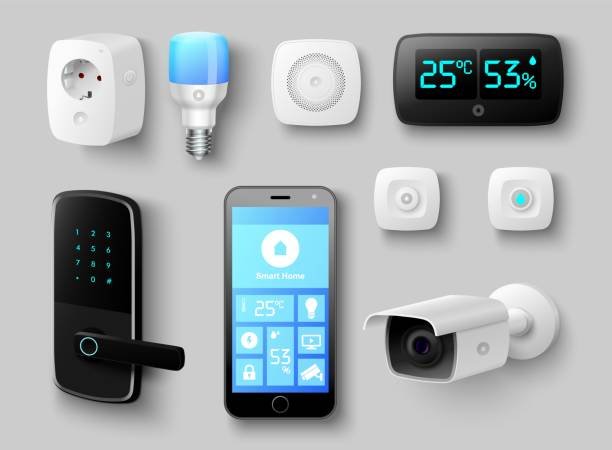How to Make Your Residence Tech Savvy
RH Business Marketing Solutions
In today's digital age, technology plays a significant role in our daily lives. Technology has also become integral to our homes, from smartphones to voice assistants. Making your residence tech-savvy enhances convenience and efficiency, adds value, and keeps you connected to the ever-evolving world of technology. This article will explore the importance of updating your home with technology, practical ways to make your residence tech-savvy, and other innovative ideas to ensure your home stays in touch with the latest tech trends.
The Importance of Keeping Your Home Up to Date in Technology
In a world where technological advancements are constantly evolving, keeping your home up to date with technology offers numerous benefits:
● Convenience and Efficiency: Incorporating smart technology into your residence allows you to automate various tasks, making your daily life more convenient and efficient. From controlling lighting and thermostats to managing security systems and entertainment, technology simplifies and streamlines your home management.
● Enhanced Home Security: Smart home security systems provide advanced features such as real-time monitoring, remote access, and alerts, offering you peace of mind and an increased sense of security. With features like smart locks and video doorbells, you can monitor and control access to your home, even when you're away.
● Energy Efficiency: Smart home technology enables you to monitor and control your energy consumption. From smart thermostats that learn your preferences and adjust temperature settings accordingly to energy-efficient lighting systems, technology helps reduce energy wastage and lowers utility bills.
● Increased Resale Value: A tech-savvy home is an attractive selling point in the real estate market. Buyers appreciate homes with smart features and automation, saving them time and effort in setting up their tech infrastructure.
How to Make Your Residence Tech Savvy: Embrace the Smart Home
To make your residence tech-savvy, consider implementing the following smart home features:
1. Smart Lighting: Install smart bulbs and lighting systems that can be controlled remotely or through voice commands. Create personalized lighting scenes and schedules for different moods and energy efficiency.
2. Voice Assistants: Incorporate voice-controlled devices like Amazon Echo or Google Home to control various aspects of your home, such as lights, thermostats, music, and even ordering groceries.
3. Home Security Systems: Invest in a smart security system with features like video surveillance, motion sensors, and remote monitoring. Smartphone integration allows you to receive real-time alerts and monitor your home's security even when you're away.
4. Smart Thermostats: Install programmable thermostats that automatically learn your temperature preferences and adjust settings. This helps optimize energy usage and create a comfortable living environment.
5. Home Automation Hubs: Consider using a central hub or smart home automation system that integrates and controls various smart devices in your home. This allows you to manage all your smart features from a single interface.
6. Smart Home Integration: Connect and control your smart home devices through a central platform or app. The integration allows you to create custom automation routines, control multiple devices simultaneously, and monitor your home from anywhere using your smartphone or tablet. Seamlessly integrating different smart devices allows you to streamline and personalize your home automation experience.
Other Innovative Ways to Keep Your Home in Touch with Current Tech
Apart from smart home features, here are some additional innovative ideas to make your residence tech-savvy:
● Entertainment Systems: Upgrade your home entertainment with the latest audio and visual technologies, such as surround sound systems, high-definition displays, and streaming services, for a truly immersive experience.
● Smart Appliances: Opt for smart appliances like refrigerators, washing machines, and ovens with advanced remote monitoring, energy efficiency, and voice control.
● Home Office Solutions: Create a tech-savvy home office by incorporating ergonomic furniture, high-speed internet connectivity, and smart devices like wireless printers, smart boards, and virtual meeting tools.
● Sustainable Tech: Integrate sustainable technologies such as solar panels, smart water systems, and energy monitoring devices to reduce your environmental footprint and enhance energy efficiency.
● Future Innovations: Stay informed about emerging technologies and innovations in home automation, robotics, and artificial intelligence. Explore concepts like virtual reality, augmented reality, and smart fabrics to embrace the future of home technology.
In conclusion, making your residence tech-savvy adds convenience and efficiency to your daily life and enhances security, energy efficiency, and overall home value. By embracing the smart home concept and incorporating advanced technologies, you can create a living space that seamlessly integrates with the digital world. Embrace the future and transform your residence into a tech-savvy haven that enhances your lifestyle and keeps you connected to the ever-evolving world of technology.
Written by Taylor McKnight, Author for onsemi













